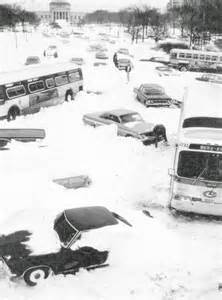The Chicago Tribune wants to dump its print-delivery customers, but doesn’t want to say so.
It’s the only explanation that makes sense.
Or maybe they only want to dump Northwest Indiana, typically treated as the unwanted bastard child of the region.
For months, papers for Tribune subscribers here have arrived very late, then not at all. Local retail outlets such as Walgreens would be allocated only one or two copies.
Sometimes I’d find a Wall Street Journal or a Post-Tribune in the driveway, neither of which I subscribe to, with these words scrawled on the plastic bag: “Sorry ran out of Tribunes.”
I finally cornered a carrier on one of the occasions he showed up with a Tribune, about 11 a.m. He said the Tribune had transferred its delivery duties in this area to the Northwest Indiana Times, headquartered in Munster. He said some carriers had quit. Those remaining, accustomed to having 500 papers to deliver, found themselves trying to deliver 1,000 papers. Since that many won’t fit into a carrier’s personal vehicle, they’d run out and have to drive back to the distribution point in Portage for more, then drive back to their customers in Lake County.
The Tribune’s customer-service phone number rang unanswered this morning before disconnecting itself. The message at the NWI Times customer-service number was, “Due to delivery challenges in recent days, your wait time may exceed 15 to 20 minutes.”
As in other crumbling relationships, the Tribune has been behaving badly for a while, probably hoping that its print-delivery customers would give up and go away because the paper lacks the courage to tell us it’s over.
Things probably aren’t much better in the newsroom, where many jobs have been axed and others outsourced. The remaining reporters continue to produce first-class journalism, but their heroic efforts are undermined by a system so shoddy it can’t deliver their work to customers. We’re being herded to the online version, kicking and screaming.
I’ll ask a few people at both papers if they’d like to comment on this. Maybe someone actually will.






